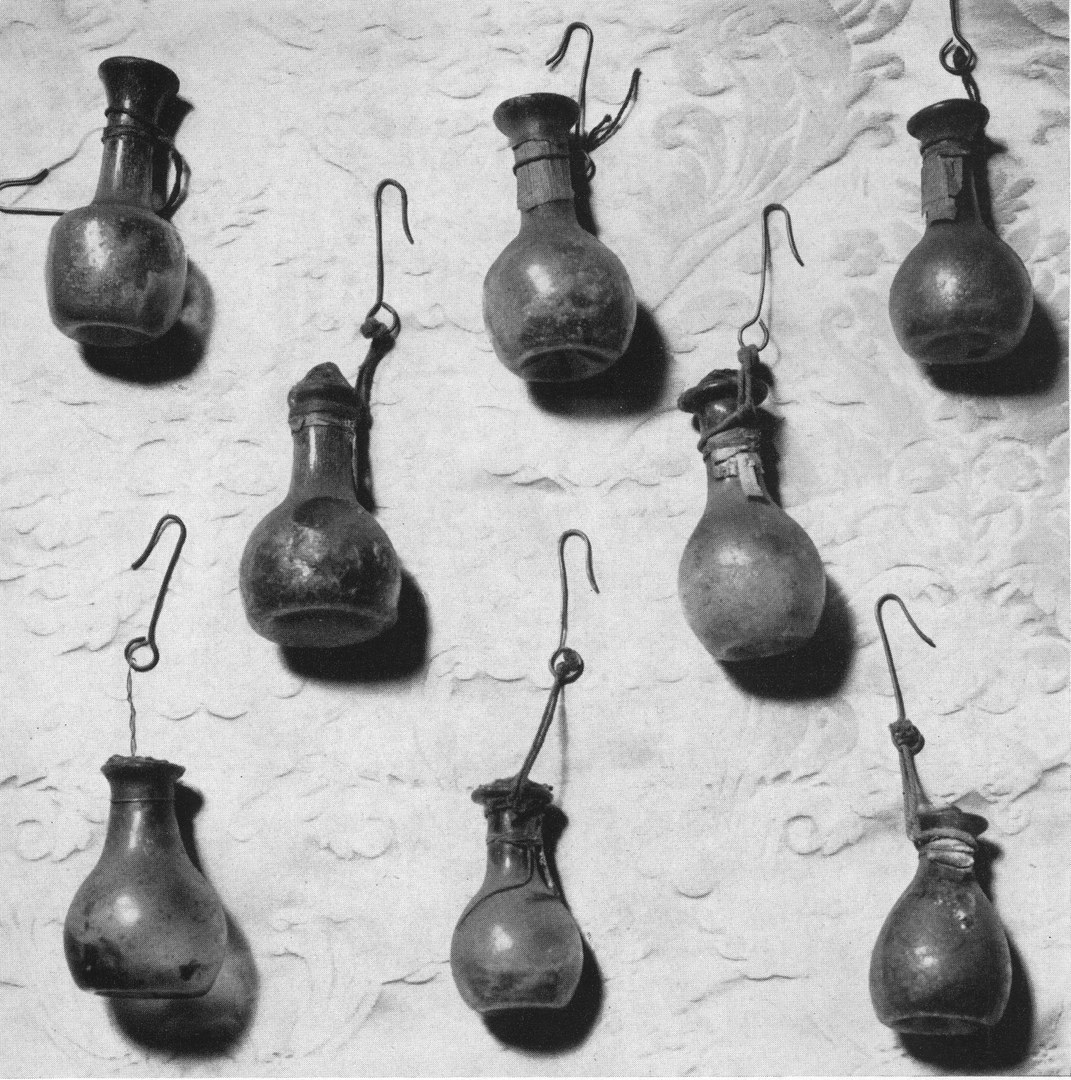The veneration and staging of saints could take on very different forms at different times and in different places: Sometimes the sacrosanct grave was the centre of attention, sometimes only parts of the body formed the core of a place of veneration with relics, sometimes other, at first seemingly absurd media, such as icons, were used to visualise saints and make them tangible.
These different strategies for veneration and staging were determined by the availability of the saints, in addition to other reasons, such as regional specificity. In Rome, for example, where a barely manageable number of martyrs and their graves were available, the conditions were fundamentally different from those in the newly founded capital Constantinople, where one had to manage entirely without local saints.
In Constantinople, too, it quickly became apparent that the prestige of a city in late antiquity and the early Middle Ages was closely linked to the presence of saints. For saints and their places of veneration experienced such an enormous revaluation in the course of the 4th century at the latest that cities, if they did not want to lose prestige and importance, had to be able to point to the greatest possible abundance of these venerated persons: saints - and even the smallest relics of them - quickly developed into a central element of ('ecclesiastical') political power structures in late antiquity and the early Middle Ages.

The availability of various relics initially determined not only their status, but also the circle of those who could come into their possession: Ambrose, for example, bishop of Milan at the end of the 4th century, divided up the saints' bones both excessively and systematically - a thoroughly unusual procedure for that time. At the same time, Ambrose built up a clerical or sacral network through the export of these self-created relics, whose connections grew larger and at the same time denser with each translation. While in Milan the greatest possible use was made of a very manageable number of local saints and, based on this, a multitude of asymmetrical dependency relationships were created, the simultaneous handling of saints and their relics in Rome seems almost contrary, and the burial places there were considered sacrosanct for centuries. The fact that Rome also had to build networks and buy alliances with relics only happened at the moment when Rome had to place itself under Frankish patronage. However, the alliance with the Franks had its price: for the sake of protection, Rome was forced to pay with its most valuable currency, the city Roman saints and their relics, inalienable for so long.
Runtime: Since 2020